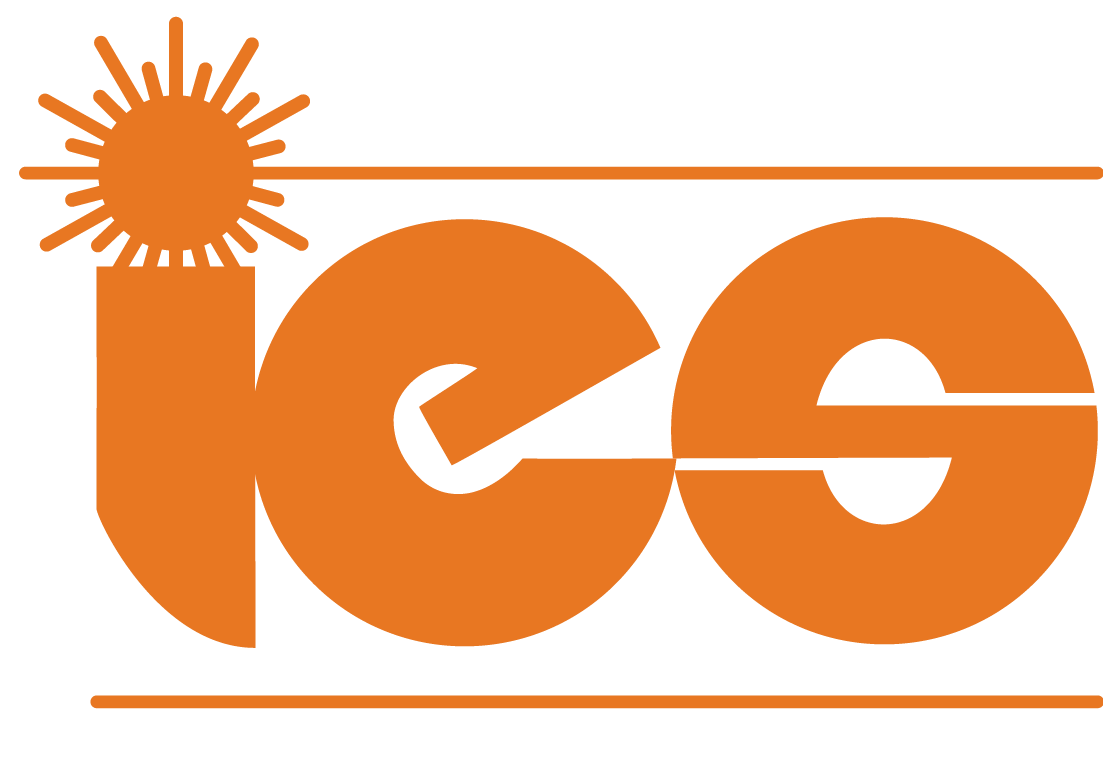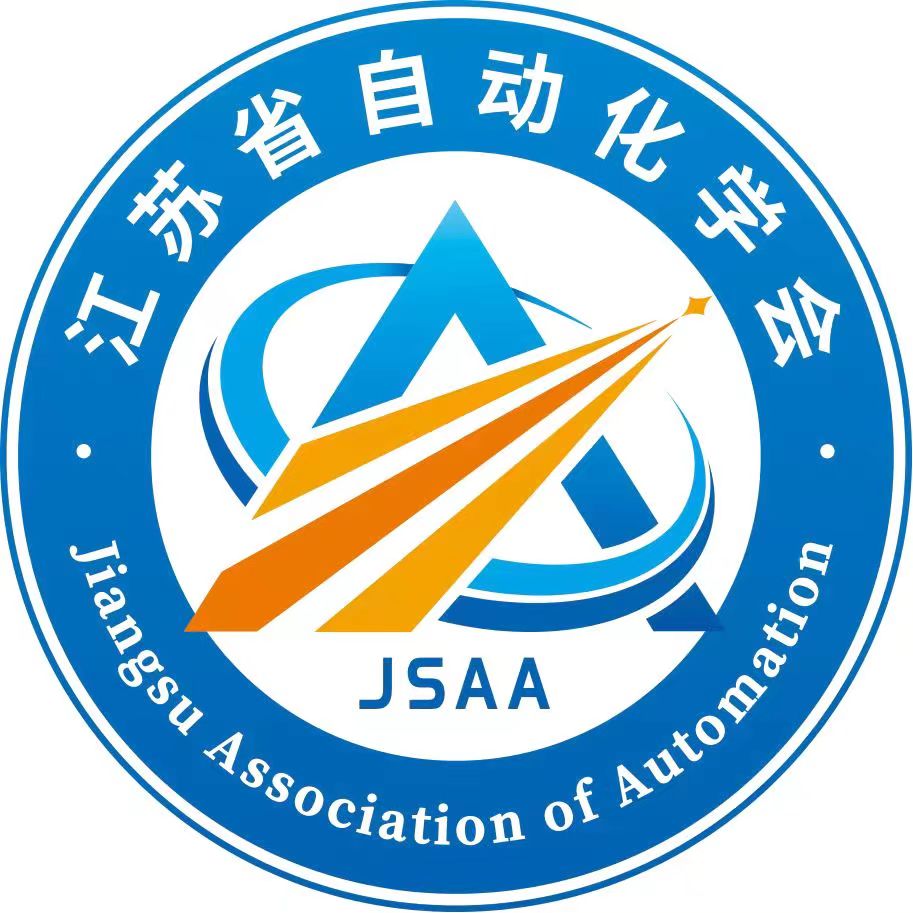Approved Tutorlals
| Tutorial 01: Machine Learning and Distributed Optimization for Cyber-Physical Energy Systems | |
| Organizers: | Yan Zhang (Professor, University of Oslo, yanzhang@ieee.org) Yushuai Li (Assistant Professor, Aalborg University, yushuaili@ieee.org) |
| Brief description: | As increasing integration of information and communication technology (ICT) and modern energy systems, the concept of cyber-physical energy systems (CPESs) is presented. By using advanced ICT and energy generation and consumption technologies, CPESs are capable of enhancing system reliability, improving operation security, and reducing failure risk, etc. With the development of diversified energy network architecture, digitalization infrastructure, and e-mobility, there are many unprecedented challenges for smart modelling, operation and control in CPESs. In this tutorial, we will mainly focus on state-of-the-art machine learning and distributed optimization approaches with application in CPESs. We first will introduce the new concept, features, and challenges of CPESs. Then, we will present several kinds of advanced machine learning methods to tackle the challenges in the aspects of energy management, frequency control, and load monitoring. Next, we will present several kinds of distributed optimization methods to achieve peer-to-peer energy trading and sharing in different physical and communication environments. Finally, we will conclude and point out related open issues. |
| Tutorial 02: Advances in Control and Optimization for Disturbance/uncertainty Rejection with Applications to Industrial Sectors | |
| Organizers: | Shihua Li (Professor, Southeast University, lsh@seu.edu.cn) Jinhui Zhang (Professor, Beijing Institute of Technology, zhangjinh@bit.edu.cn) Dapeng Tian (Professor, Changchun Institute of Optics, Fine Mechanics and Physics, Chinese academy of sciences, d.tian@ciomp.ac.cn) Xiang Yu (Professor, Beihang University, xiangyu_buaa@buaa.edu.cn) Jun Yang (Professor, Loughborough University, J.Yang3@lboro.ac.uk) Wenchao Xue (Professor, Academy of Mathematics and Systems Science, Chinese Academy of Sciences, wenchaoxue@amss.ac.cn) |
| Brief description: | Disturbance/uncertainty rejection has increasingly become the focal point of control design in many industrial sectors, including power and energy, robotics, motion, and rocess control. The idea of disturbance estimation and negation has been realized by many effective methods including active disturbance rejection control (ADRC), disturbance observer-based control (DOBC), equivalent-input disturbance approach (EIDA), composite hierarchical anti-disturbance control (CHADC), to name a few. These methods, developed in academia, have been successfully applied in industry, especially by the industry leaders such as Texas Instruments, FreeScale, Danfoss, etc. To achieve stronger capability and performance of disturbance / uncertainty rejection control for intelligent autonomous systems, optimization and learning methods are gradually attracting increasing attention from researchers. This tutorial is launched to introduce the key idea and basic principles of disturbance rejection control. Furthermore, the solutions of disturbance rejection, overlap many fields of research such as electromechanical systems, robotic systems, precision motion control systems, and many other hot issues, will be presented. Moreover, the tutorial will show some advances in disturbance / uncertainty rejection by data-driven mechanisms and exploiting the information and models. The tutorial provides and discusses the new generation of disturbance rejection control technologies being formulated. This tutorial will provide an opportunity to enhance understanding and insights for these disturbance rejection methods and offer practitioners a roadmap of relevant academic and practical studies. |
| Tutorial 03: Digital Twin for Predictive Maintenance | |
| Organizers: | Zheng Liu (Professor, The University of British Columbia (Okanagan Campus), Zheng.liu@ubc.ca) |
| Brief description: | The industry is migrating from reactive to predictive maintenance to increase operational availability and efficiency. An exciting chance to facilitate this transformation is coming with the 4th industrial revolution enabled by new information and communication technology (ICT) and data-intensive methodologies. The digital twin is a disruptive technology that creates a living model of industrial assets. The digital twin living model will continually adapt to changes in the environment or operations using real-time sensory data and forecast the future of the physical target. A digital twin can be used to proactively identify potential issues with its real physical counterpart. It allows the prediction of the remaining useful life of the physical twin by leveraging a combination of physics-based models and data-driven analytics. The digital twin ecosystem comprises sensor and measurement technologies, industrial Internet of Things, simulation and modeling, machine learning, artificial intelligence, and data/information fusion. The tutorial will address a series of forward-looking topics crucial for harnessing the full potential of digital twin technology in predictive maintenance. These topics include an introduction to digital twins and their role in the 4th industrial revolution, the architectural and operational principles underlying digital twins, and the integration of sensor and measurement technologies with industrial Internet of Things (IoT) frameworks. A significant focus will be on the methodologies for simulating and modeling industrial assets, alongside the application of machine learning and artificial intelligence (AI) for data driven analytics and prediction. Additionally, the tutorial will delve into data/information fusion techniques that enhance the accuracy and reliability of digital twins. The emphasis on these subjects is highly timely, given the rapid evolution of ICT and the pressing need for industries to improve efficiency, reduce downtime, and anticipate maintenance needs to remain competitive. By exploring these cutting-edge technologies and methodologies, the tutorial will equip participants with the knowledge to navigate the challenges and seize the opportunities presented by digital twin technology in the context of predictive maintenance and beyond. |
| Tutorial 04: Functional verification of Cyber Physical Systems: From Theory to Practices | |
| Organizers: | Nilotpal Chakraborty (Assistant Professor,Indian Institute of Information Technology Guwahati, Nilotpal Chakraborty) |
| Brief description: | Cyber-Physical System (CPS) integrates digital or cyber components with physical objects (e.g. robotic machines, autonomous vehicles) and data with various capabilities of communication, data generation, data processing, computation, decision making, and action. These systems are increasingly pervading their ways to all parts of our lives where applications range from agriculture and healthcare to energy, manufacturing and social networks. Advances in CPS will enable new capabilities and improved adaptability, scalability, and usability that will far exceed those current embedded systems. Therefore, there is a need to create an integrated ecosystem for convergence among all stakeholders towards CPS technology development and practical implementations. This tutorial is intended to cover primarily the functionalities of and analysis of CPS. In particular, we will cover the safetyness and liveness propertiesof CPS, which ensure that the system behaves correctly and as per the requirements of the design. For example, in a self-driving car, a safety property would be that the car does not collide with obstacles or pedestrians. On the other hand, Liveness property ensures that the car continues to make progress towards its intended goal, which is reaching the destination. |





